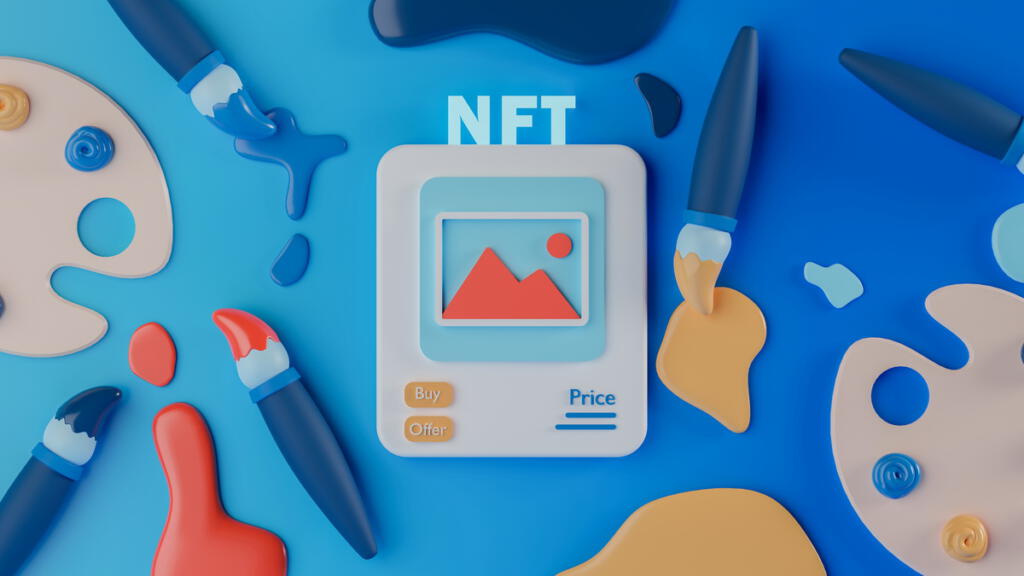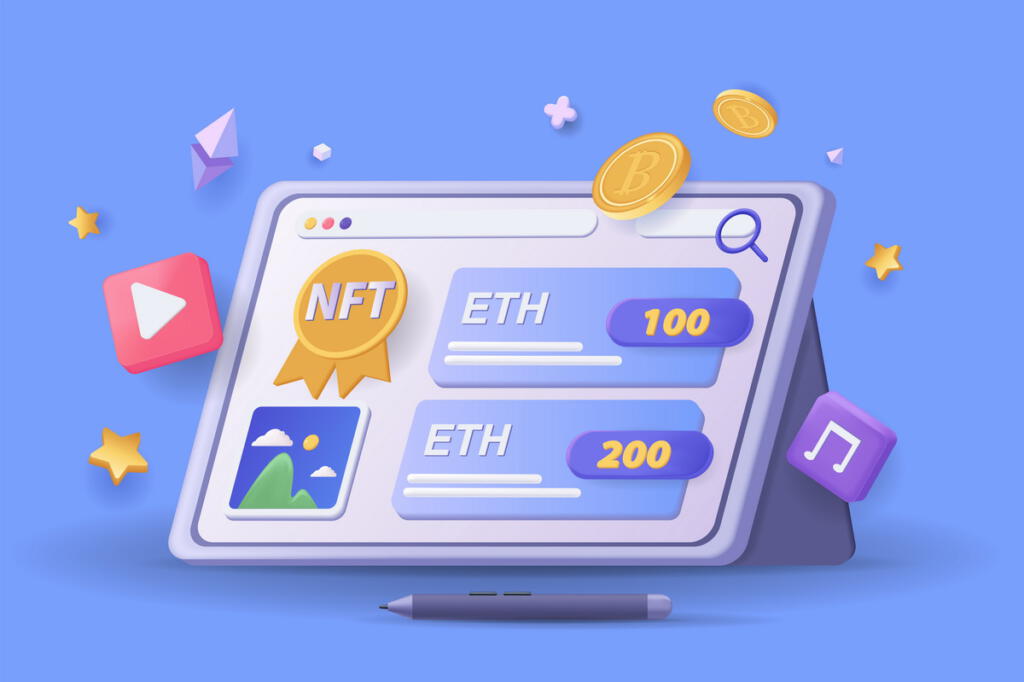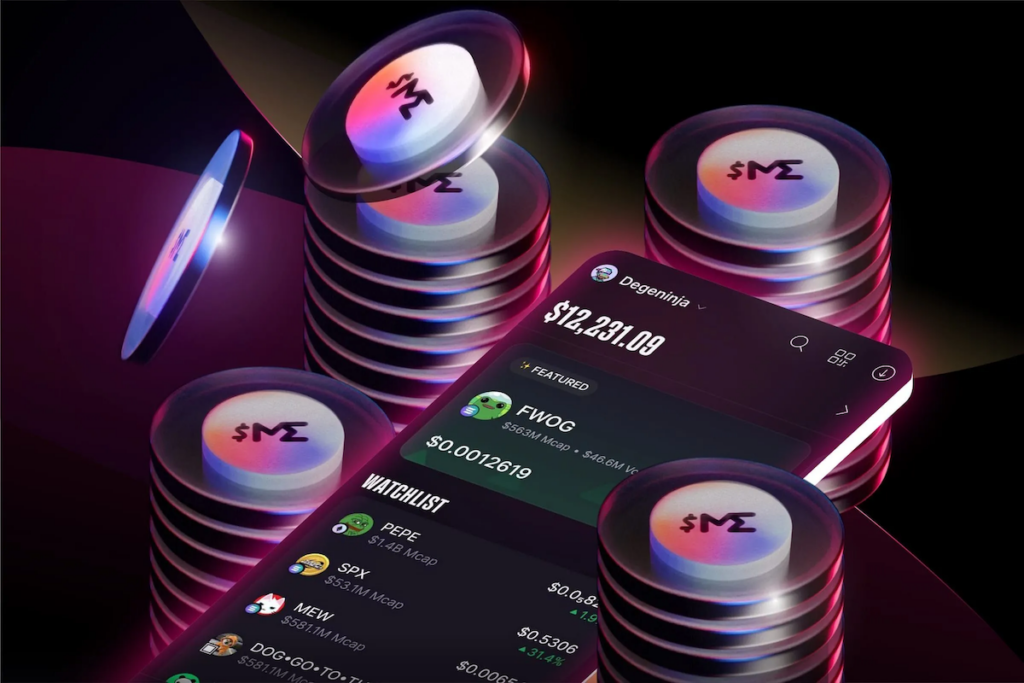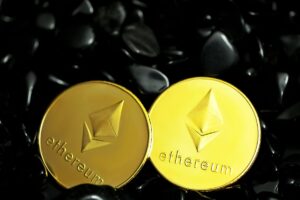NFTs, also known as non-fungible tokens represent unique digital assets that exist on the blockchain and cannot be replicated. 2021 was very much the breakout year for the NFT sector with the total number of NFT sales exceeding $17 billion. So, let us discover why they are so valuable.
NFTs are non-fungible assets and this is what makes them unique. Picasso’s paintings aren’t interchangeable. In other words, the original image is irreplaceable and unique. In the same manner, digital files become irreplaceable with NFTs.
To understand non-fungibles tokens better, we will look at fungibility. ‘Fungible’ means you can exchange one asset for another. For example, a common fungible asset is a currency. Imagine you have $20 and get two $10 bills in return. You have the same value but a new asset.
Bitcoin is an example of a fungible asset. You can buy goods and services with this, making it different in nature from NFTs. To keep updated with the latest Bitcoin and crypto news, we suggest reading more from Coinwire website.
What Distinguishes NFT Art?

Several factors determine a non-fungible token’s value. What makes an NFT valuable?
Here are some things to think about when figuring out how much a non-fungible token (NFT) is worth:
- Fundamental worth.
- Potential worth
- Buyer’s perspective
- Comparable market value
Compared with fungible cryptocurrencies, fungible tokens are split into smaller units. Bitcoin and Ethereum are examples. Bitcoins divide into Satoshis and Ethereum into Wei.
NFTs are not divisible like Bitcoins. They are rare, limited-quantity data. Couldn’t it be replicated and shared? Of course, it can, but the advantage of an NFT is to turn the asset into a token, which means that it has a certificate of digital ownership that goes with the artwork once purchased.
It creates authenticity and trustworthiness of the source or NFT you’re buying. A genuine Picasso will remain valuable even after manufacturing fake copies, to be sold and hung in homes or businesses. Authenticity proves the original value.
Examples of NFT projects that have become both popular and valuable are Bored Ape Yacht Club by Yuga Labs and NBA Top Shot by Dapper Labs.
How NFTs are Made

Anyone can make a digital file. You, artists, gamers, brands, and musicians can create their work and transform it into blockchain NFTS to sell. We refer to this transformation as minting.
After that, you can sell them on the marketplace of your choice and attach a commission (royalty), so you get paid when someone buys them. Please keep in mind that the fees for these transactions are expensive due to the Ethereum blockchain gas fees.
Each time you make a transaction, you pay for the gas used plus a selling and buying fee. These fees vary widely by site.
To create an NFT, visit a platform where they are made and traded. Rarible, Ethereum, and SuperRare are popular platforms. These systems let you build unchangeable NFTs, utilizing the blockchain. It means that nobody can undo or reproduce your NFT, it is one-of-a-kind.
Once uploaded, collectors can buy and sell as they like.
Various Forms of Value-added NFTs
Many kinds of non-fungible tokens have some value, but what are the different types of NFTs with value?
Many NFTs are used to verify certificates for digital content like music, artwork, collectible characters, objects in a video game, etc. The content can be transformed into NFTs and their ownership is traceable and checkable.
Should You Put Money Into NFTs?

NFTs are worth the investment if the token you buy has real future value. The underlying value represents the worth of the company or individual who created the NFT. It depends on tangible and intangible NFT assets.
For example, Twitter social media creator, Jack Dorsey auctioned off the first tweet. It sold for $2 million, but when recently put up for resale received paltry bids. Other artists’ works have sold for as much as $50 million or more.
It shows a lot of money presence in the NFT space, and the NFT market determines its value, based on market demand. Like art, NFTs have value, based on what the market says it’s worth.
Challenges
The value gain in the NFT market is enormous. But, there are problems and issues yet to resolve. Their carbon footprint is a critical concern for NFTs. A single NFT can consume a lot of energy, and we are talking about millions of NFTs bought and sold on a daily basis. The environmental consequences are considerable. However, many blockchains are addressing this issue and becoming carbon-neutral or negative.
NFTs and blockchain technology are young and have few restrictions or rules. We don’t yet know how governments and regulatory agencies will respond to this or how they will change the laws.
Finally, knowing what makes an NFT valuable will help you when choosing which types of NFTs to possibly invest in.




